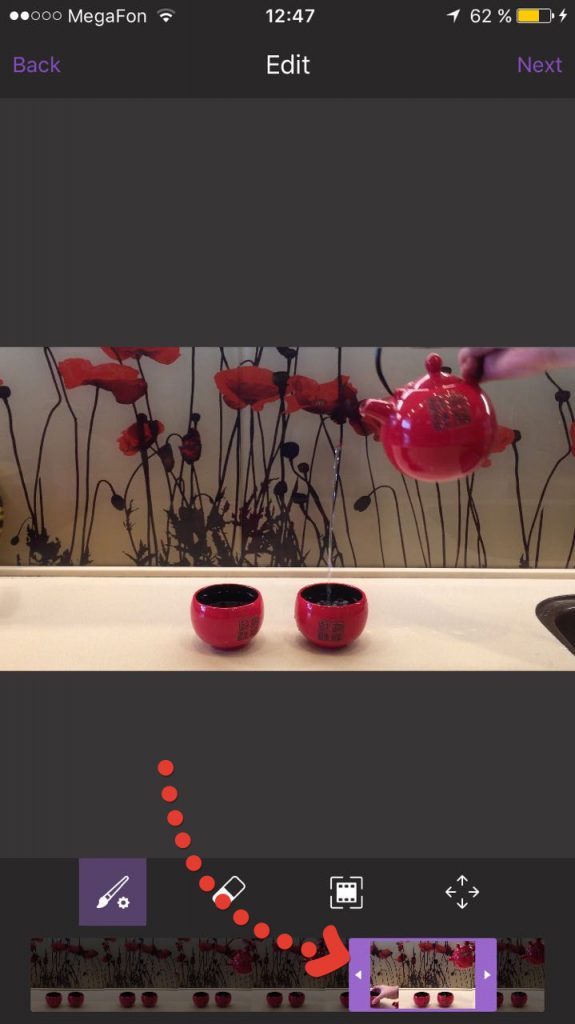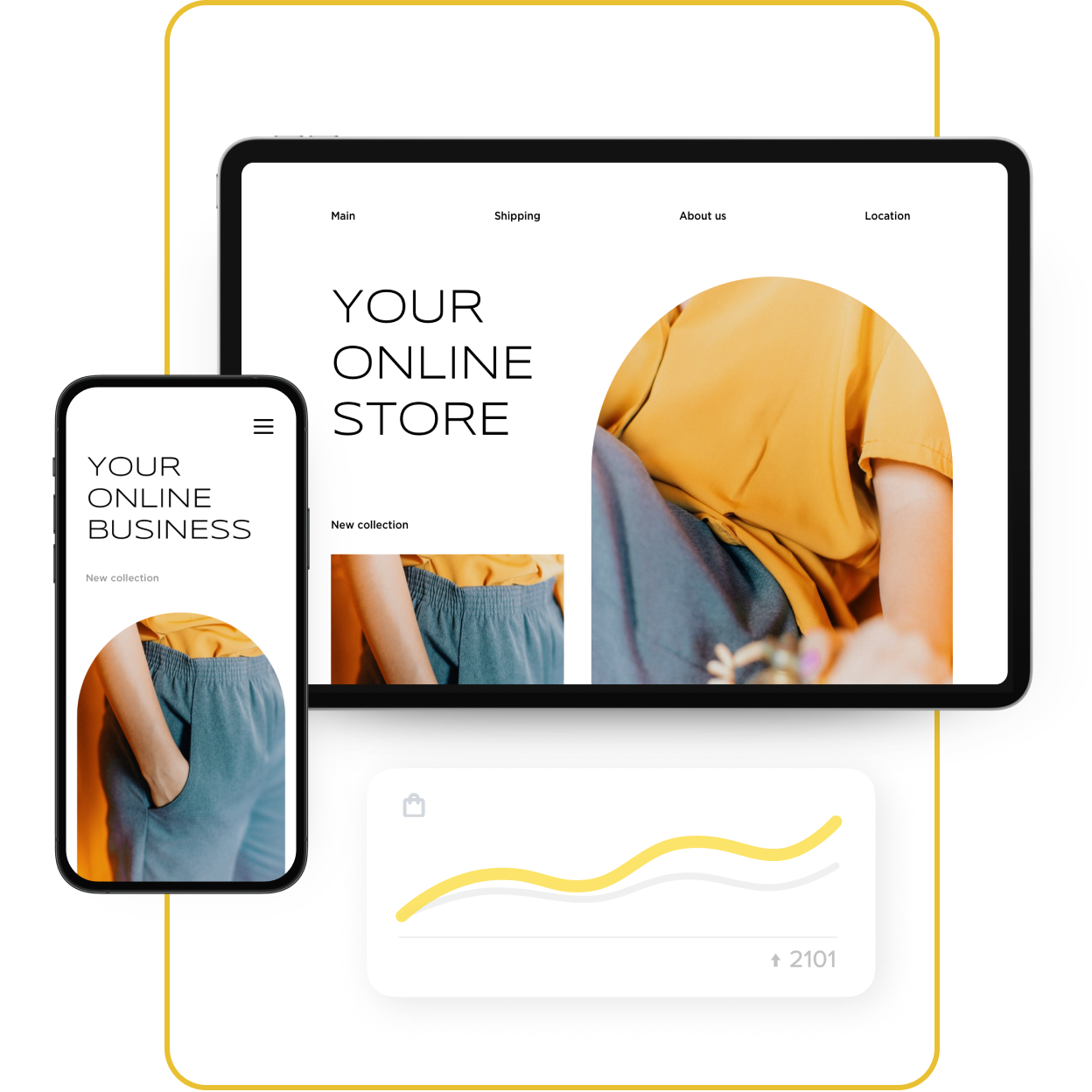How do you attract your customers’ attention to your product? How to leave powerful competitors behind? A cinemagraph is a possible answer.
Cinemagraphs are still photographs in which a minor and repeated movement occurs, forming a video clip. It looks like a photo with one or more moving elements:

Source: giphy.com
As opposed to a regular picture, cinemagraphs look more compelling and stand out in the feed or on the storefront. Another benefit is that they can be easily uploaded to both social media and your product catalog.
Though cinemagraphs are not a brand new technology, few business owners use them to showcase their products. Thus, the
In this post, you’ll learn how to create cinemagraphs with basically nothing but your smartphone.
You’ll be able to make beautiful live product pictures without hiring a freelancer, using Photoshop, or spending a fortune. To tell you the truth, you’ll be surprised to find a completely free option.
Preparation
Equipment
In order to shoot your pictures, you’ll need:
- A smartphone (both iOS and Android work)
- A tripod. If you don’t have one, you can get by with a couple of books, but it’s a good idea for all business owners to buy a tripod anyways. I combined a selfie stick and a Yunteng
mini-tripod that costs only $10.

Apps
We’re going to process the videos right on our smartphone.
There are several cinemagraph apps for iOS. We’ll have a look at all of them:
- MaskArt is a free, fully featured cinemagraph app. For $5, you’ll be able to remove the watermark. I recommend you try it.
- Vid Alive is free and convenient, but you won’t be able to “freeze” the video in the middle of your video (since that would immobilize your video from the beginning), which can be a problem in some cases.
- Cinemagraph — it’s the best tool so far but very pricey: the license is $299. Anyways, I couldn’t ignore it.
For Android phones, try VIMAGE 3D — it’ll work great for our needs.
Script
Leveraging a great shot is the key to a charming cinemagraph. Decide what will be static and what is going to move.
You’ll need to keep a looped motion moving, e.g. fire, water, or wind. You’ll want to immobilize something that should obviously move, but froze: a jump, a plane, a swing.

Source: giphy.com
Focus
Your final goal is to sell more, of course. Focus on the benefits of your product: its beauty or functionality — everything else in the frame is secondary.
Have a look at this picture: you are likely to want to buy the charm, not the lipstick. The shot is well built, your attention is on the right object:

Source: giphy.com
Shooting and processing
Set up your tripod,
- Having my breakfast, I shot a video with my smartphone:
My idea was to freeze the pouring tea and to keep the splash in the second cup moving. I asked my wife to help by throwing some coffee beans. But I didn’t like the effect. I decided to loop the pouring tea instead. - I opened the video in MaskArt and picked the fragment for my cinemagraph. The shorter the fragment, the better — you’ll get a smaller size for your final image.
- Having my breakfast, I shot a video with my smartphone:

- Initially, your image will be all in the motionless fill. I picked the brush and removed the fill from the tea stream:

- I tapped next and saved it as a video.
A quick tip: choose medium quality like this example to get a smaller image size.
If you want a square size for your picture, you can crop it in Vont. Strictly speaking, it’s an app for adding texts on your video, but I use it to crop videos too.
Done!

Posting your cinemagraph
On social media
Cinemagraph works great for ads — it attracts attention and gets a lot of clicks to the website.
For Instagram, export your cinemagraph in a video format. Your video should play no less than three seconds. When your followers scroll their feed, the video will be automatically played and Instagram will loop it. Here’s a good example:
For Facebook, you should export a video as well.
In your Ecwid store
If you want to have live photos in your Ecwid store, please do the following:
- Convert your video in GIF with Gif Maker for iOS (or for Android).
- Upload your GIF to the product page just like a regular picture.

For more inspiration, visit Fixel (the same company that sells the Cinemagraph app), the website of Kevin Burg and Jamie Beck (the guys who invented the cinemagraph), Giphy.com, and check out #cinemagraph on Instagram.
More live pictures
And saying live pictures, I don’t mean just сinemagraphs. You can stand out with more tools like:
Video frames

Live Photo on iPhone (the same old GIFs, actually)

Timelapse or hyperlapse
Timelapse is when a photographer stands still and takes a picture every several seconds, then joins the shots to a video, so that you can watch 25 pictures in a second. Often, several hours of shooting end up in a couple of seconds on video.
Hyperlapse is the same, but the photographer moves in the process.
Double video exposure

don16obqbay2c Not everyone has got used to double photo exposure yet, and now there’s video exposure. It’s so good.
Follow the trends, and be the one and only business!









